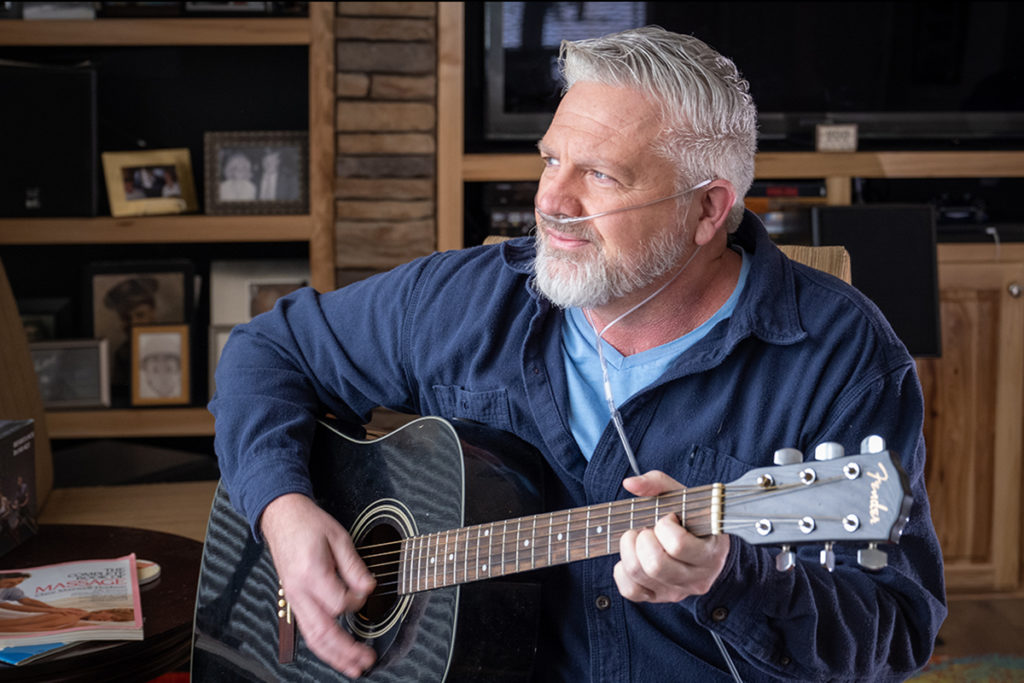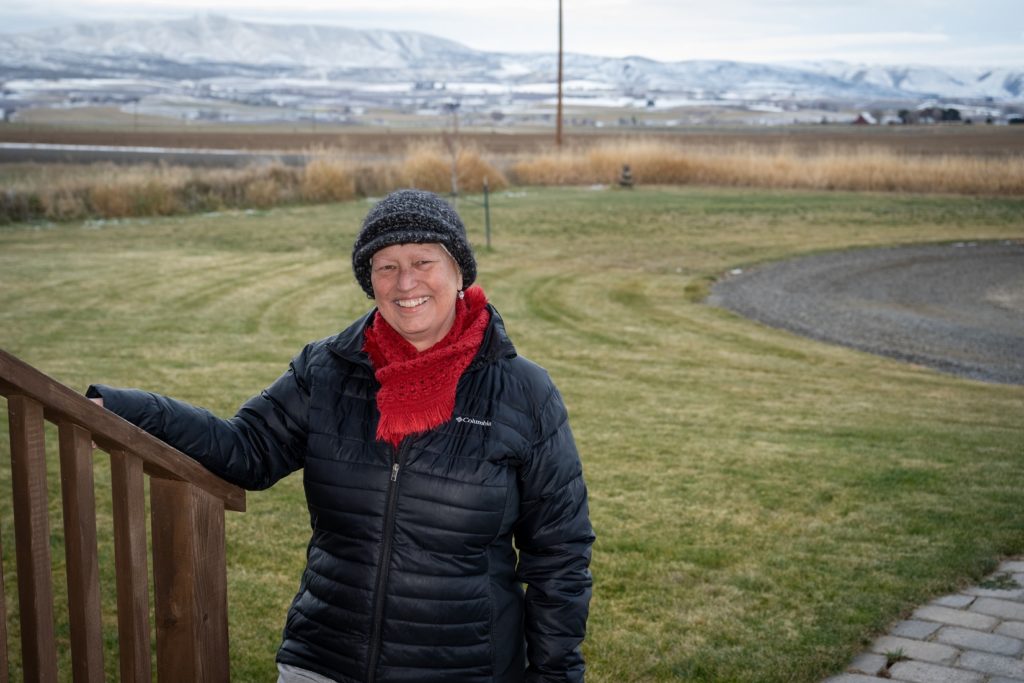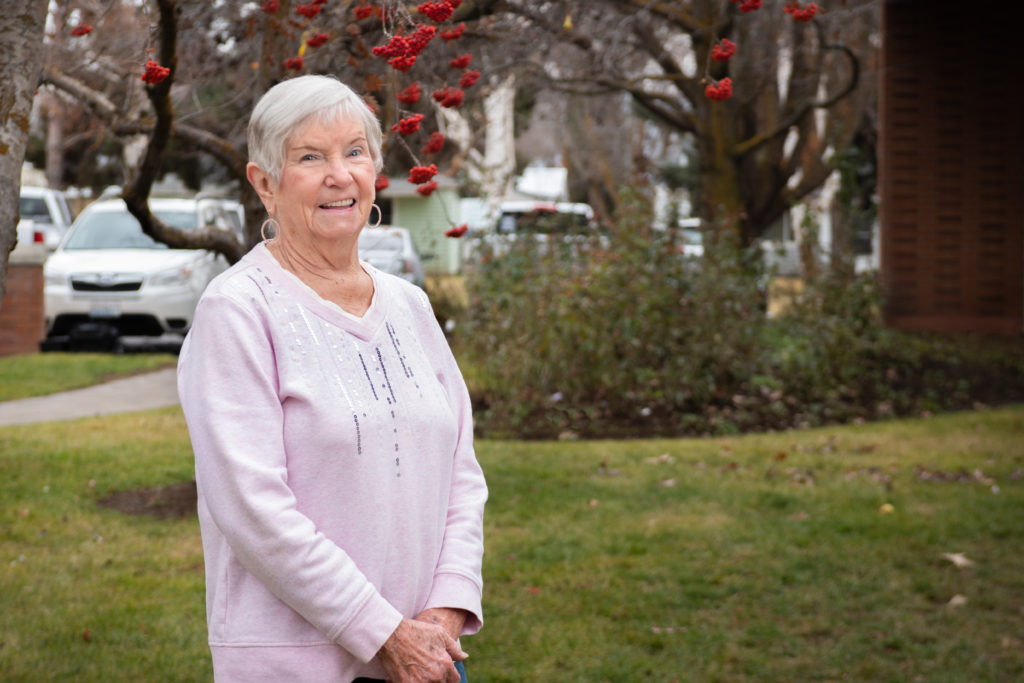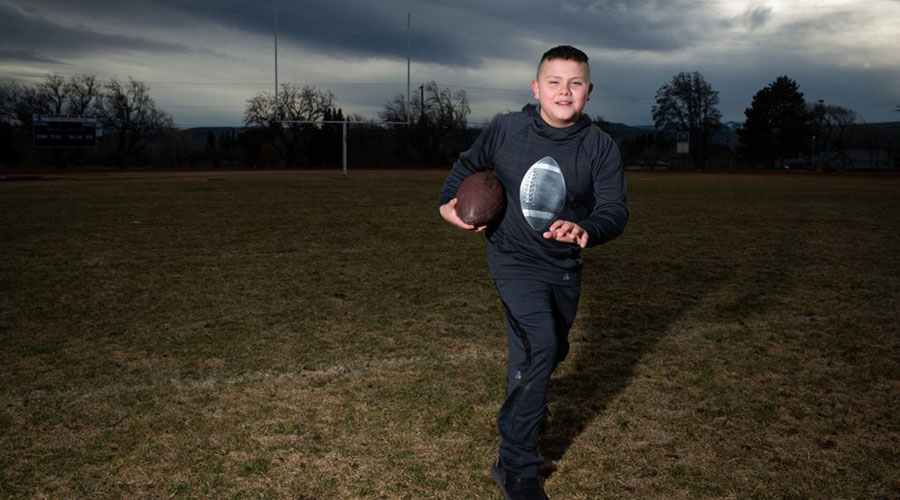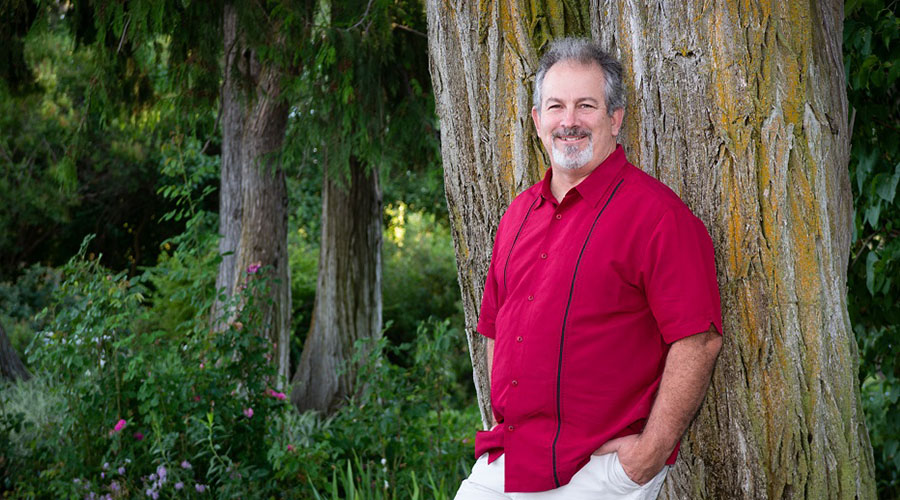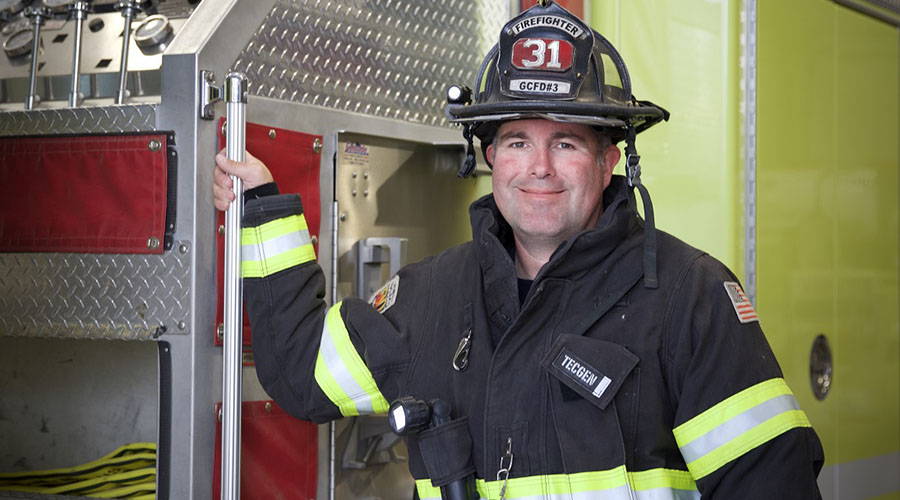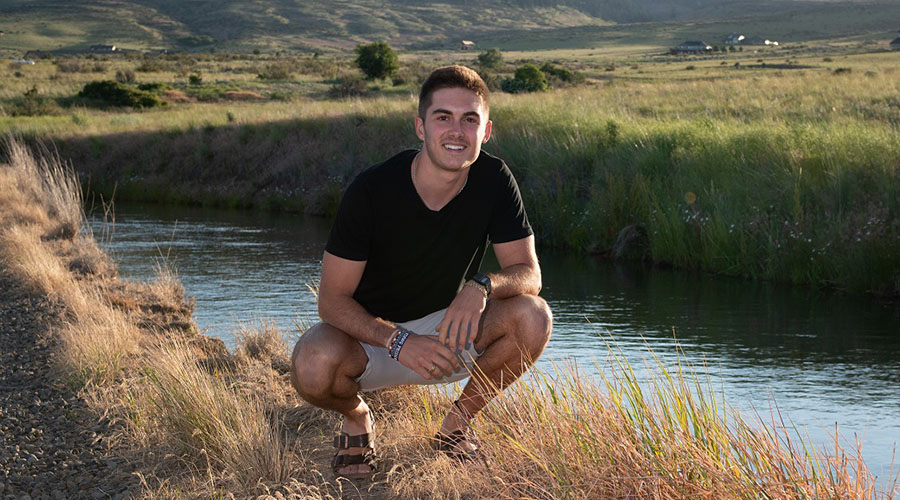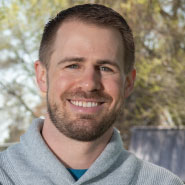Reliable friend. Life of the party. Hardworking. People person. That’s how Anthony Nelson’s friends and family have always described him. With a quick wit, sharp intellect and enviable social skills, […]
Patient Stories
Debbie Hulbert (Inpatient Care)
Debbie Hulbert loved to work in her garden, growing vegetables. A graphic designer by trade, she also loved to cook and paint, and had plenty of energy to do it […]
Betty Osborne (Neurology)
KVH has welcomed a new Neurologist to our specialty team. His name is Dr. Andrew R. Gustavson. Dr. Gustavson comes to KVH with expert training in both Neurology and Psychiatry.
Colton Harlin (Emergency Surgery)
At the tender age of 10, Colton Harlin was generally used to the bruises and scrapes of pee wee football. And when the goal is a quarterback sack, a little […]
David Martin (H1N1)
Prior to coming to the US, the flu season began this year in Australia. US drug companies learned the vaccine they had prepared for the 2019/20 season was not very […]
David Martin (H1N1)
David Martin hadn’t felt well for several days. “You don’t go running to the doctor for the first little sniffle,” admits his wife, Jennifer. Still, she suggested he get checked out, just in case.
Nigel McNeill (General Surgery)
He’s a 38-year-old father of four with an active lifestyle, a passion for volunteerism, and a job he loves as a firefighter/EMT for Grant County Fire District No. 3 in Quincy.
Joe Davis (ER)
Meet Joe Davis, EHS Class of 2019. ASB President. Football, basketball, and track. An adventurous spirit, ready and willing to take on life’s challenges with the vigor of a healthy 18 year old.
Josh Kirk
Hernia Repair: With a busy practice, young family, and active lifestyle, this dentist needed help to stay on his feet.
